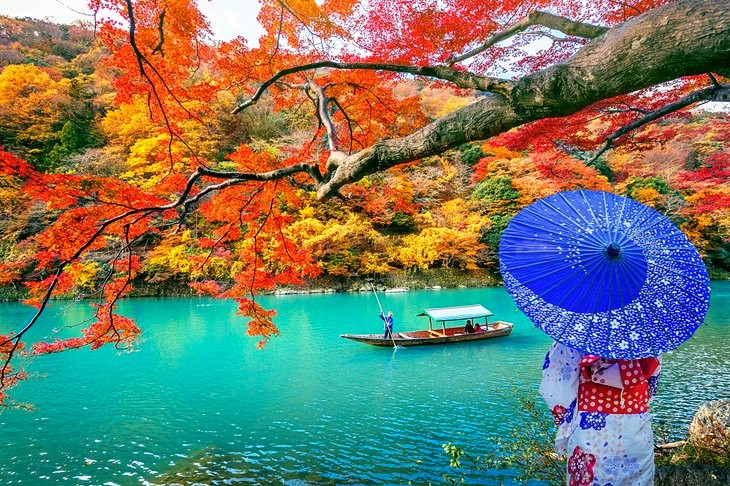Whether you want better weather or less tourists in Japan is an essential consideration when making travel plans to the nation. Even while some travellers dread the cold, others dislike the heat and humidity of summer, and still others will go to any extent to avoid crowds.
It is generally agreed that the best seasons to visit Japan are spring (between March and May) or autumn (between September and November) (about October and November). Summer matsuri (festivals) and winter onsen (hot springs), as well as skiing and snowboarding, are only few of the seasonal activities available in Japan.
With so many factors, we’ve put up this comprehensive guide on the best time to visit japan that contains information on the seasons, the weather, national holidays, and more.
Here’s a quick look at the many Japanese seasons
The following is a summary of the highlights from each season to get things started:
- Hanami (the Japanese tradition of watching cherry blossoms bloom) is a popular spring activity for those who are lucky enough to be in Japan at the right time and don’t mind the swarms of tourists. Honeymooners throng to Japan at this time of year in the nation.
- Perhaps the happiest time of year, with a slew of colorful matsuri celebrations taking place all throughout Japan, as well as hikes through the mountains and along the coast to take advantage of the salty air.
- Aside from spring and summer, the fall season in the United States is one of the most beautiful (and popular) times of year.
- In the winter, you may enjoy world-class powder skiing and snowboarding, as well as world-class seafood and hot springs.
The Right Time
Spring (March to May) and autumn (September to November) are the best times of year to visit Japan (September to November). A beautiful contrast between the environment and the delicate cherry blossoms and vibrant red foliage can be seen in Japan this time of year. Consider the fact that this time of year might be quite crowded.
Only in the Japanese Alps’ highlands and Hokkaido’s untamed national parks can the summer months (June to August) offer ideal settings for hikers and outdoor enthusiasts. The weather is hot and muggy in other regions of the planet. From the end of May through the middle of June or the beginning of July, the rainy season is usually in full swing.
Visit the northern portion of Japan in the winter for a whole different experience (December to February). The people take advantage of the dismal conditions by partaking in a variety of festivals and celebrations, even if it is snowing.
You should also take into account the country’s official holidays
Events like the Golden Week (April 29–May 5) and the Japanese New Year (January 1–February 1) are popular with both residents as well as foreign visitors. As Japan has grown in popularity as a tourist destination, we’ve had several inquiries from people hoping to avoid the crowds by visiting during off-peak times.
Conclusion
You can avoid the crowds to some extent at any time of year, no matter what season it is. Exploring during “off-hours” (such as early in the morning) or in regions that are not on the main itinerary requires, of course, more effort (as opposed to popular tourist spots). If you really want to feel like you’re the only one in Japan, just avoid travelling during any of the country’s busiest seasons.

